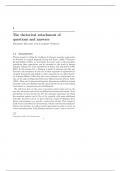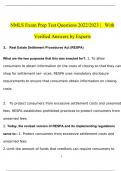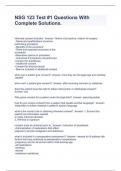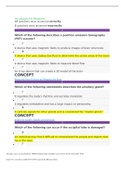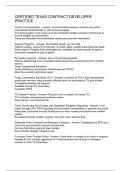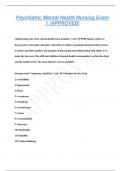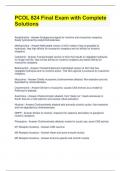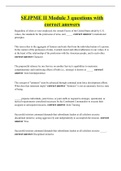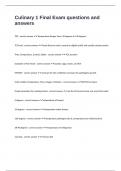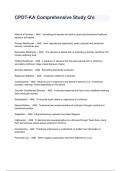Exam (elaborations)
The rhetorical attachment of questions and answer
- Course
- Institution
The rhetorical attachment of questions and answers Philippe Muller and Laurent Prévot 1.1 Introduction Placing ourselves within the tradition of dynamic semantic approaches to discourse in natural language Kamp and Reyle (1993), Groenend jik and Stokhof (1991), we investigate here how s...
[Show more]
